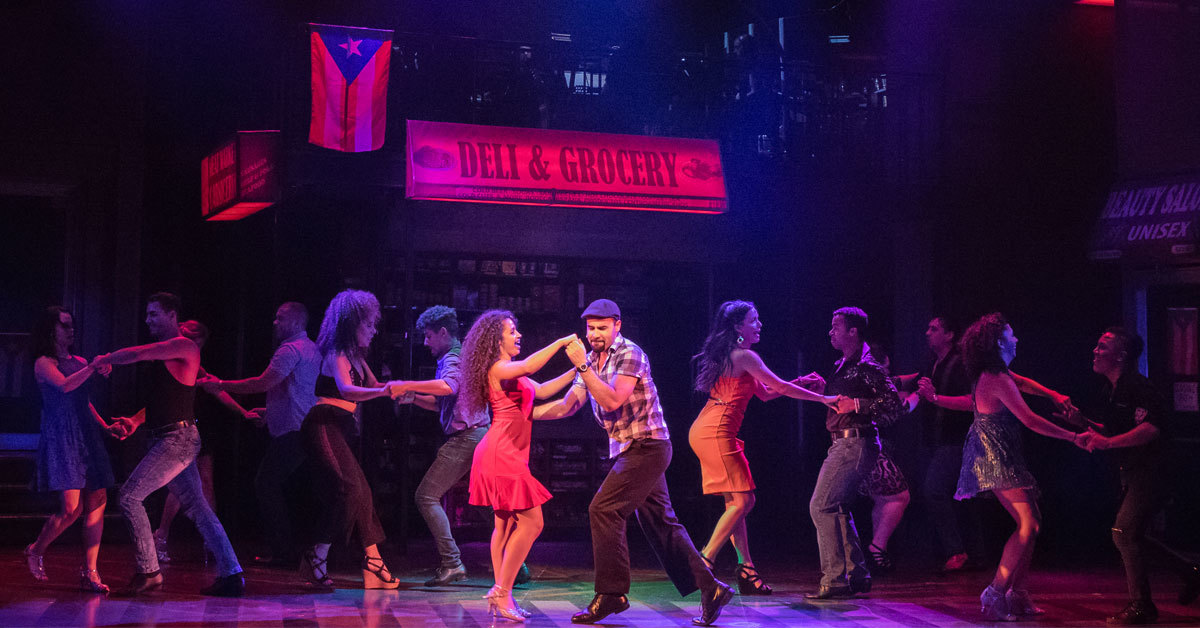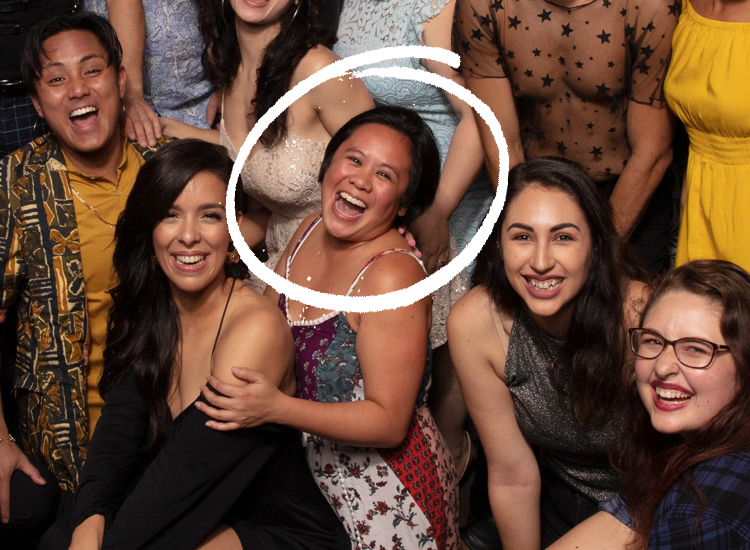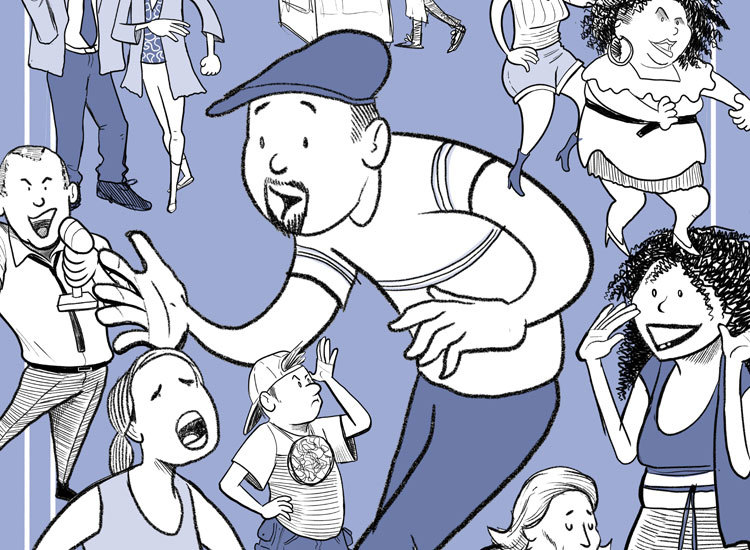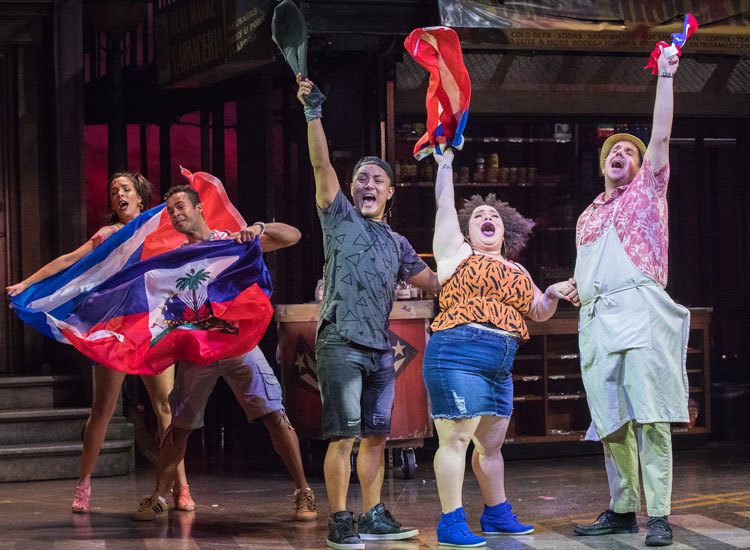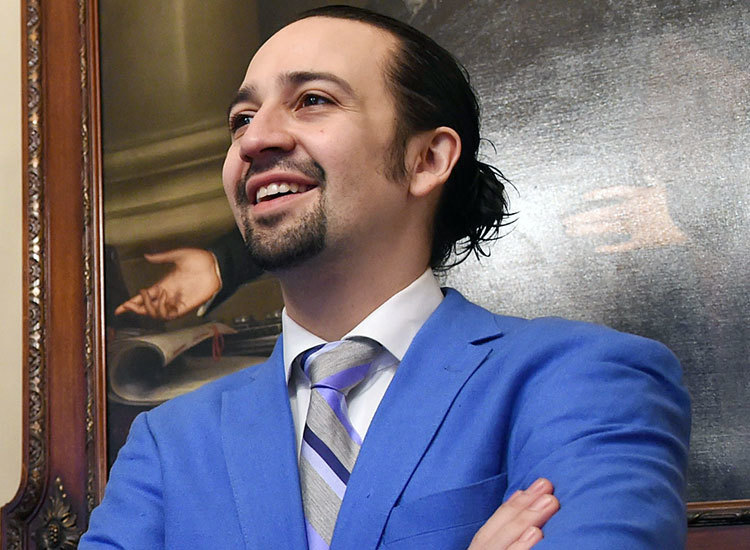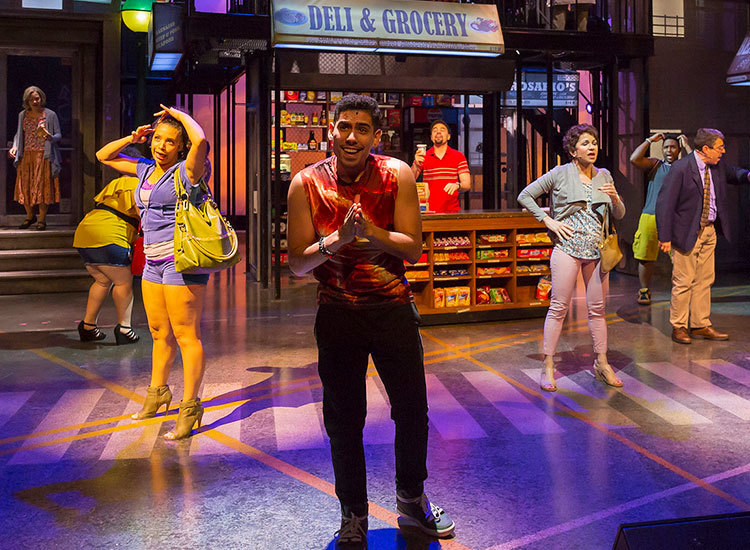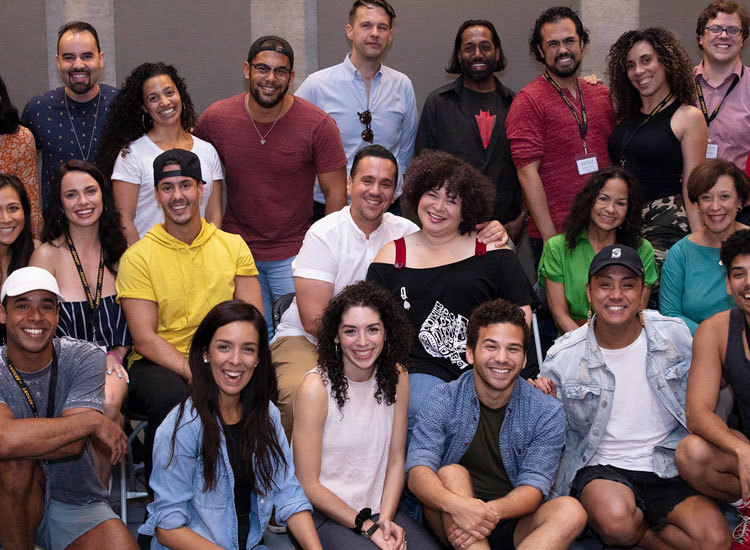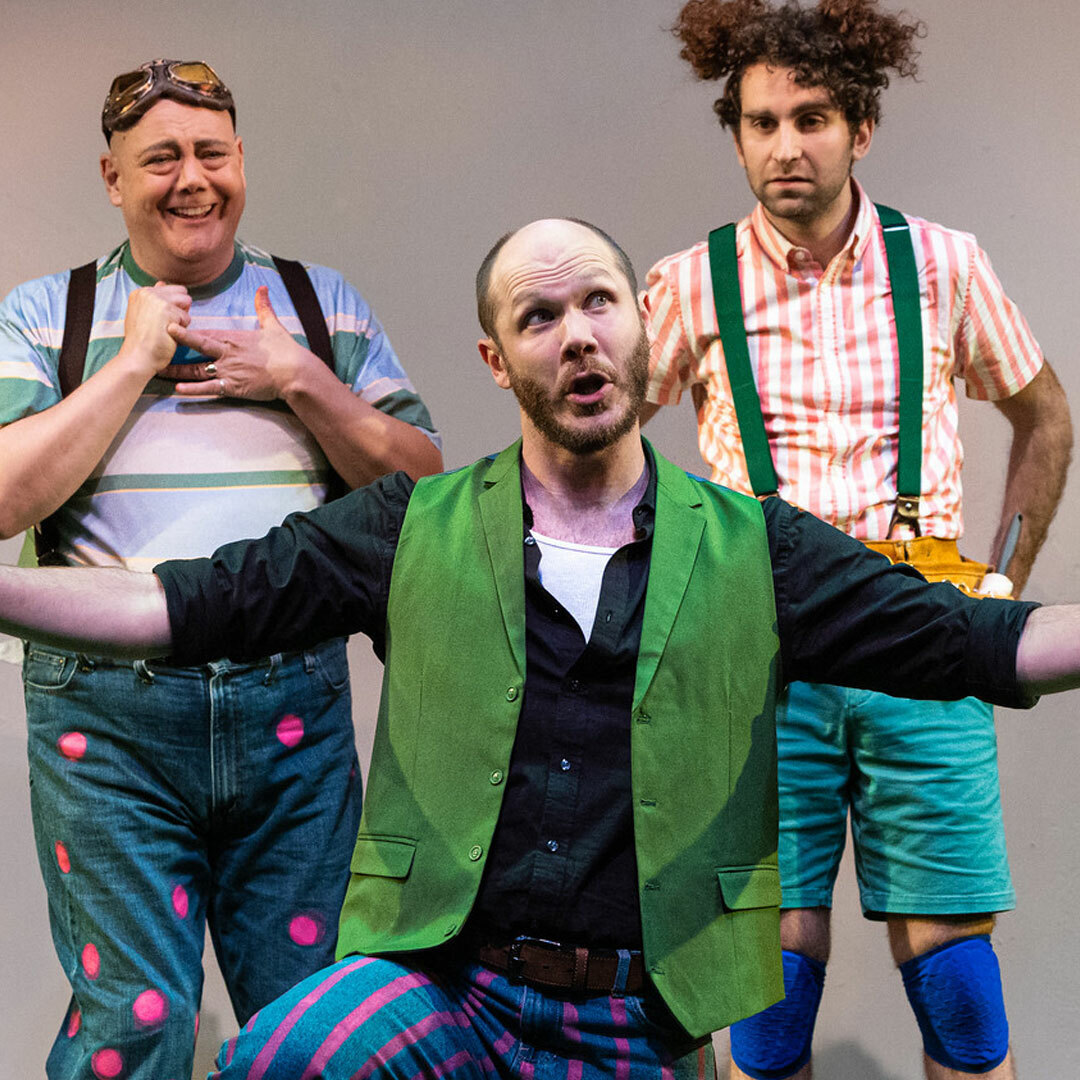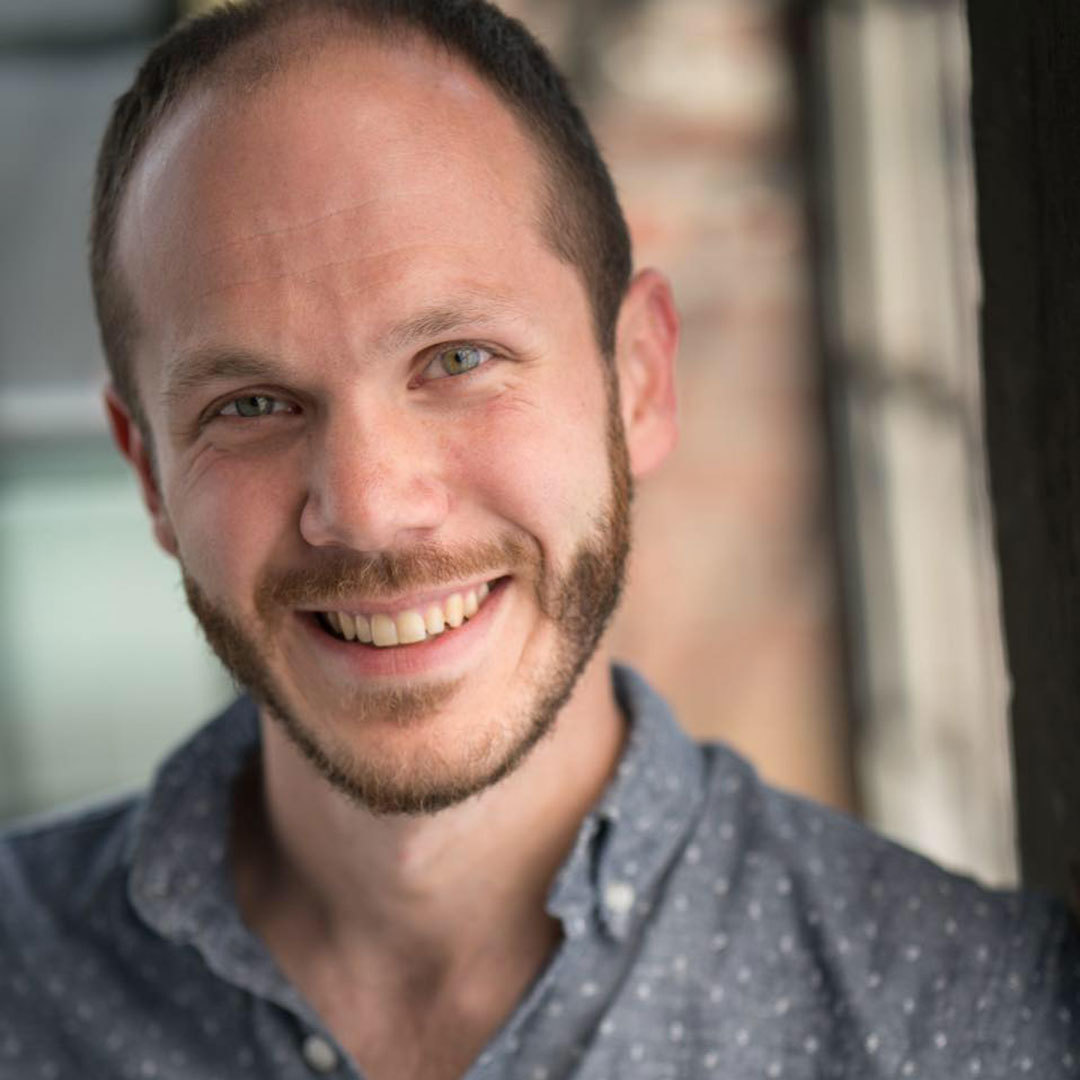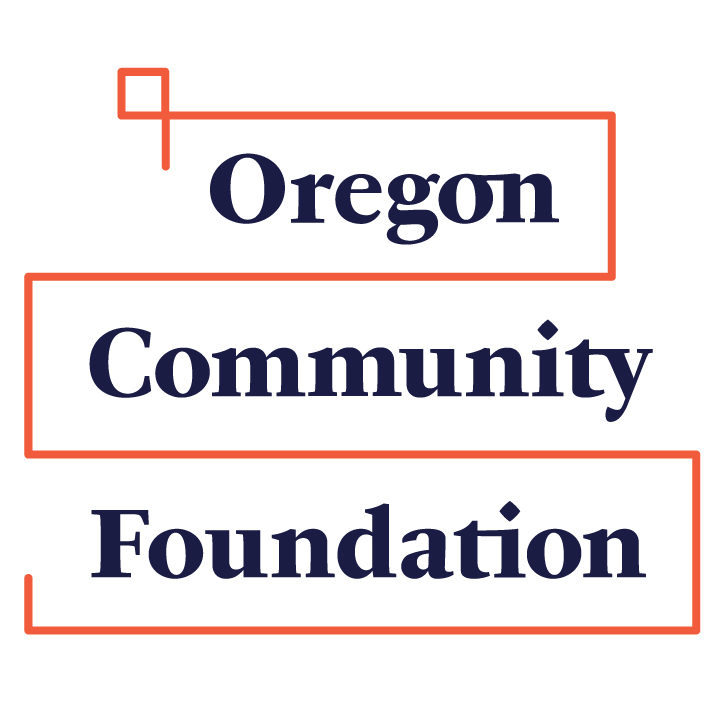Language, Music and Dance in In the Heights
The Language of In the Heights
Throughout the musical, the interplay between Spanish and English is an essential part of the storytelling. Characters merge two languages in different ways depending on the context or purpose so masterfully created by the writers of the musical.
When asked about the use of Spanish in the musical, Lin-Manuel Miranda has said: "It's enormous fun to write in two languages. It's enormous fun to write songs where we rhyme Spanish with English. We had a great system of checks and balances, in that our director Tommy spoke no Spanish, so I'd write sections and he'd go 'Okay you lost me.' We knew our goal in the show...there are certainly plays that seek to provoke and there are certainly plays that seek to alienate. This is a show that I wanted everyone to feel as welcome as possible in this neighborhood, the same way I felt welcomed in Anatevka, when I saw Fiddler on the Roof, even though that's totally outside my experience...I remember having fights with my Spanish teachers in high school...I had a very Spanish purist teacher who was like 'Spanglish is fun, but it's a mongrel thing between two things.' And that just is not how I experienced (it), and I'm biased. I spoke Spanish at home and English at school and I spoke a mix of both but, at the same time, what's fun is then consciously picking, 'Well, okay, why do I feel the impulse for this character to speak Spanish here?' I'm someone who very much writes first and then goes back and edits and goes, 'All right, well, let's be smart and how are we using this?' "
The integration of Spanish and English is used in several ways in the musical:
- Characters use coded switching or word substitution: "All drivers, atencion! Bajen las ventanas, apaguen el aire! I got three cars overheated already."
- Borrowing and phonetically adapting an English word to make it sound more Spanish: "It's an estretch, but I can do it."
- Phonetic translation is directly adapting a word based on the sound of the English word: quara for quarter, pantijos for pantyhose.
- Direct translation from Spanish to English or vice versa.
- Characters speak or sing certain parts only in Spanish.
- Characters speak or sing certain parts in Spanish and then translate into English.
- Conversations occur with one character speaking Spanish and the other responding in English.
The Music of In the Heights
In the Heights combines multiples musical styles to capture the flavor of Washington Heights and Usnavi's world.
- Rap & Hip-Hop- In songs like "In the Heights" and "96,000" Usnavi and other characters use this musical form to narrate and move the plot along.
- Traditional Musical Theater- Ballads such as "Breathe" and "Inutil" present more familiar musical theater styles. Miranda's lyrics also reference classic songs: "It's gettin' too damn hot like my man Cole Porter said."
- Latin Rhythms of Salsa, Merengue, & Samba- Throughout the musical, the Latin rhythms and musical styles that are heard reflect the many cultures that come together in the Heights. "The Club", "Paciencia y Fe", and the majority of the songs in the musical utilize these styles.
- Soul & R&B- In songs like "When You're Home", Miranda combines Motown-inspired soul music with the other musical styles that flow through the show.
A Conversation with Choreographer William Carlos Angulo
Austin Bean: How did your first interaction with In the Heights inspire you?
Angulo: I saw it on Broadway in 2008. I immediately started crying because I was like, "That is me! That's me exactly!" That's my complicated story that I don't really know how to tell people. That the representation is what it is, and here it is on Broadway. People are embracing and celebrating that and having all of those things represented in the music is incredibly powerful.
It is important to acknowledge that musical theater is a white space by nature, and much of my BFA training was learning how to exist in a white space. I was told, "Ok, here is a hundred years of a musical theater repertoire so let's figure out the roles that you can play. I guess you can be in West Side Story and I guess you can play Paul in A Chorus Line." Then my first job out of school was Paul and I've done West Side Story twice. It then becomes figuring out how my American narrative intersects with the repertoire as it exists. So then, to have a brown story written by brown people, and told by brown people, is incredibly powerful.
Bean: What will be an inspiration and resource to you in choreographing?
Angulo: With any process, it's important to look at what people who made it were inspired by. You know, the biggest one being the title of the show, Washington Heights. Shockingly, kind of all of us have lived there at some point. I used to live there, and May Adrales (Director of In the Heights) used to live there. And so, we all have this very specific experience of the sounds, the smells, and the feeling of being in the neighborhood.
Moving to the Heights was one of the first times that I felt this sense of home, and that I wasn't different. I didn't have to explain myself, I didn't have to justify my existence, or feel that I had to code-switch. There is a stronger sense of family and community here than the other places I lived. People see me and people say hello to me here. The guy at my bodega, who sells me coffee, call me "Primo". That is the biggest inspiration about the play, you know, is creating that sense of family. So that there is something at stake.
Bean: How does In the Heights connect to the sense of family?
Angulo: The thing that In the Heights does, that other plays don't do, is really show the resilience of these people's spirits. When it's about gentrification, displaced people, and immigrants living in a big city, this thing that continues to happen, which is the wealthy move in and everybody else is pushed further, and further, and further away. People who were already displaced are then displaced again. So, understanding that home, and what home is, has nothing to do with where you are and your geographical location, and everything to do with who you are, the people around you, and your family, and the sense of family.
Bean: What should the audience expect from this production?
Angulo: It's going to be something they've never seen before, you know? I am attracted to directors like May Adrales, because we both have this unique language we speak in musical theater. So when you put these voices in musical theater that you normally don't see, then you can expect to see something wildly different! If we are pursuing the truest form of this story and constantly asking ourselves how to take that and put it in the laps of the people in front of us, then that is what we will do.
—Compiled and reprinted with permission by Milwaukee Repertory Theater PlayGuides
Portland Center Stage is committed to identifying & interrupting instances of racism & all forms of oppression, through the principles of inclusion, diversity, equity, & accessibility (IDEA).


